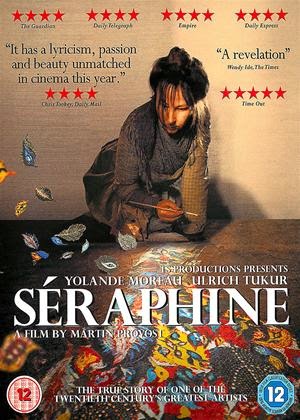Fact-inspired WWI trench-warfare pic is impressive looking (even on a Hollywood shaming 8 mill budget), but held back by boilerplate construction & a by-the-numbers script that doesn’t miss a wartime cliché. This time, old-fashioned storytelling virtues & solid craftsmanship are something of a liability, making the drama as airless as the fighting conditions. Fortunately, the largely true story holds unusual interest as an enormous underground bombing operation, led by Australian miners new to Army rules, burrows its way past the Belgium line. Sophomore helmer Jeremy Sims doesn’t always keep the action & characters as clear as they might be, but you get the gist of things, especially once Germans on the other side of the dig start listening in. Perhaps a more evenly divided story structure was originally envisioned, but couldn’t work within the tight budget. Instead, we get more Australian flashbacks than needed. Or so it seems since the main romance between Bella Heathcote & Brendan Cowell stays so cool to the touch. Cowell, a decade older than the man he’s portraying, is mid-30s rather than mid-20s, and the difference cuts against him dramatically on both fronts.
DOUBLE-BILL: The best sequence in Raymond Bernard’s fine WWI pic WOODEN CROSSES/’31 has French trench soldiers slowly panicking when they start to hear digging below. But all they can do is wait and hope for the inevitable explosion to come after the next troop rotation. Bought, but never released Stateside, the battle footage from this French pic was repurposed for Howard Hawks’ THE ROAD TO GLORY/’36 with that sequence more-or-less retained/restaged. Excellent DVD editions of both are available.
SCREWY THOUGHT OF THE DAY: Hard to imagine, but the satirical BLACKADDER GOES FORTH/’89, last of the series, ends with a real emotional kick as Rowan Atkinson, Hugh Laurie & Co. make a dash over WWI trench lines.































